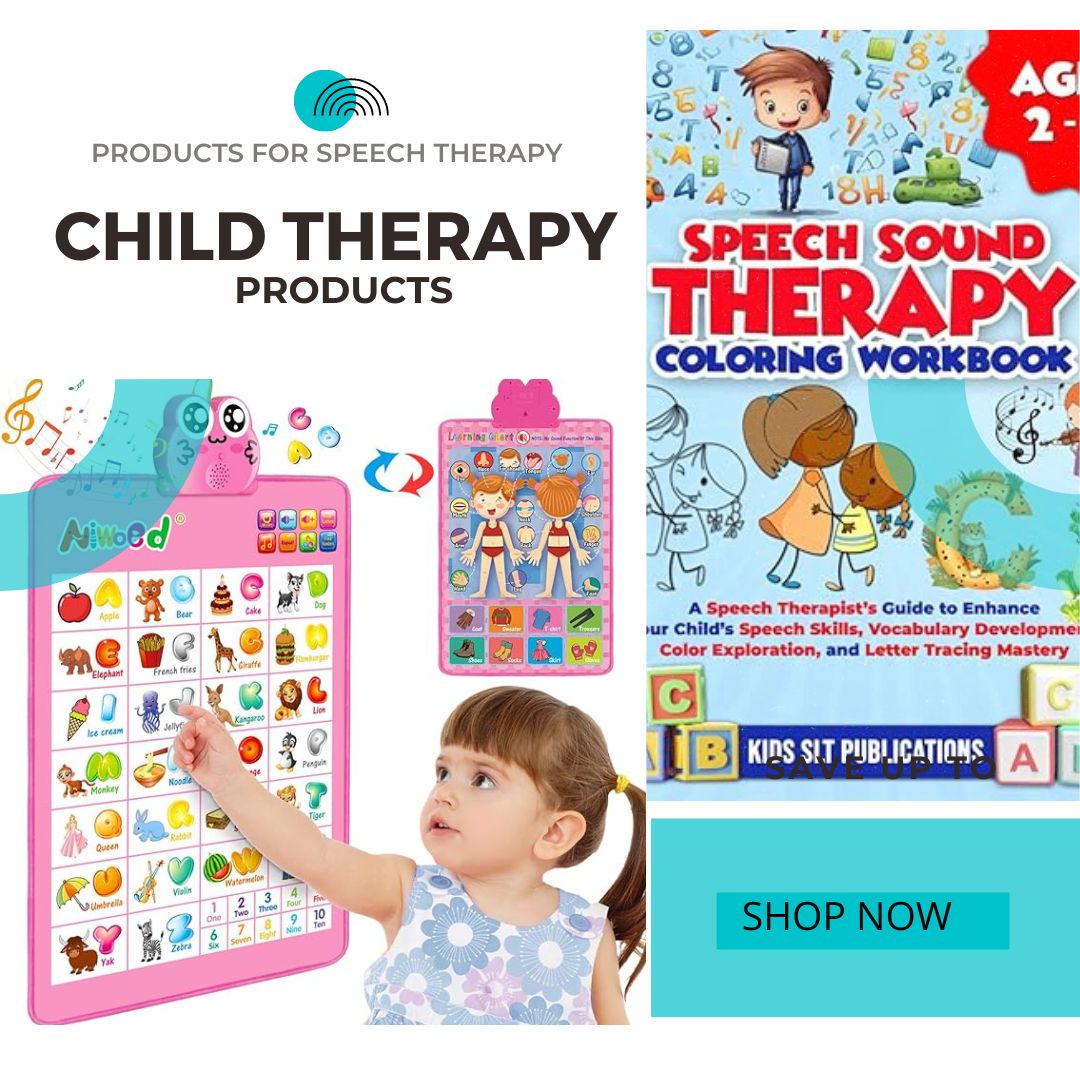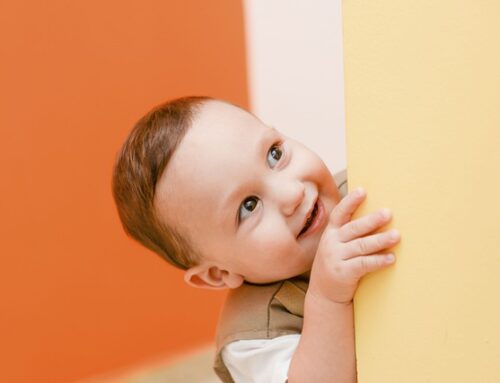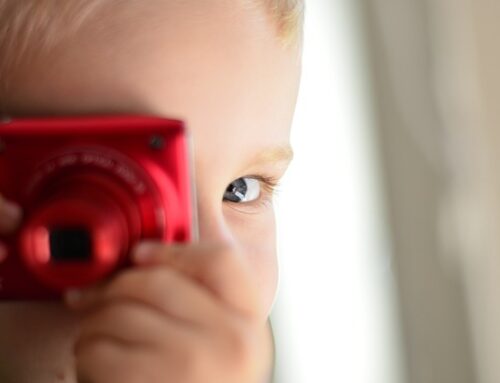Children typically go through a stage during the process of learning how to talk in which they reduce the complexity of the sounds found in words. One would refer to this as a phonological process. One of the most common types of phonological processes is called gliding. When a youngster does this, they are replacing a sound in a word with another sound that is similar to the original sound.
Gliding can become a problem if it continues past the typical ages of 6 to 7 years of age and severely impairs a child’s capacity to be understood. While it may be adorable when your toddler says “I wuv you,” gliding can become a problem if it persists beyond those ages. The following is an explanation of how to eradicate gliding in speech therapy.
What exactly is “gliding”?
The phonological phenomenon known as “gliding” occurs when a youngster replaces one sound in a word with another one that is simpler to pronounce. For instance, the sound /r/ and the sound /l/ are both changed to the sound /w/ in the process. Therefore, “light” would be pronounced as “wight,” while “ring” would be spoken as “wing.” The sounds /r/ and /l/ are typically where you’ll hear sliding occur in speech.
Why Do Children’s Sounds Glide When They Talk?
Children often smooth down the sounds they make because it makes it simpler for them to articulate the word. They are not acting intentionally in this manner. They simply have not yet acquired the skills necessary to produce the appropriate sound. Phonological processes are another name for these types of activities.
Phonological processes are variations in the sounds of speech that manifest themselves in patterns. Depending on the individual’s age, it is thought to be developmentally appropriate for there to be phonological processes present. Phonological processes include, but are not limited to, fronting (the process of substituting /t/ for /k/, such as “top” for “cop”), backing (the process of substituting /k/ for /t/, such as “cot” for “top”), and cluster reduction (leaving out a sound in the beginning or end of a word, like saying “nana” for “banana”).
Phonological Processes in Children: Do They Outgrow Them?
There is a window of opportunity between the ages of 5 and 7 years old, depending on the phonological process, during which some children outgrow phonological processes. This is due to the fact that kids are exposed to more proper productions and that they themselves have more opportunities for practising the sound in their everyday speech. As a result, they learn how to make the correct sound and are able to reproduce it correctly. However, the use of phonological processes by certain children may persist even after they reach the age where they are enrolled in school, which has a negative impact on their capacity to be understood by their contemporaries, family members, and friends.
At some point between the ages of 5 and 7, most children outgrow their ability to glide. The L and R sounds are typically the ones that prove to be the most challenging for young children to master. Because of this, it’s normal for young toddlers to glide between the consonants of these words.
When Should I Start Being Afraid of Gliding?
If your child is still gliding after becoming six years old, you should be concerned about the safety of this activity for him or her. If your child is still gliding his or her sounds at this age, it is likely that he or she will have difficulty learning how to produce this sound correctly without the assistance of a licenced speech language pathologist. If this is the case, you should consider having your child see a speech language pathologist.
Phonological processes are also cause for concern when their utilisation has a considerable negative influence on the ability of others to comprehend what is being said. It is time to seek speech therapy when the presence of gliding in a child’s speech has an influence on their quality of life, for example, when their confidence to engage with people is affected or when they become frustrated when they are unable to be understood.
If phonological processes are not rectified while a child is young, it will have a significant impact on the child’s ability to communicate clearly through speech. Clear speech is what we mean when we talk about intelligibility. If a child’s speech is difficult to understand, no one will be able to comprehend what it is that the youngster is trying to convey. Frustration and withdrawal from social interaction may result from this.
Identifying Gliding
The first thing you need to do in order to get rid of gliding is to recognise when it’s happening. Consult with the speech-language pathologist who treats your kid if you are unsure whether or not your child is gliding (SLP). They will be able to evaluate your youngster and provide you with an answer that is definitive.
The following are some of the ways in which your child may benefit from seeing a speech therapist:
- SLPs are licenced professionals who are qualified to carry out informal as well as formal testing in order to determine whether or not your child’s speech contains phonological processes.
- They will be able to provide evidence-based therapy to treat your child by instructing him or her in the appropriate way to generate the sound in order to treat the condition.
- They will be able to provide you with tasks to undertake at home that will help promote the generalisation of skills across a variety of settings. This will allow you to see and continue to make progress!
- They will be able to supply you with resources and materials that will assist your child in learning the proper manner to generate his or her sounds, which will help your child become more independent.
If you have any reason to suspect that your kid may have a speech impairment, it is strongly recommended that you have your child evaluated by a speech-language pathologist who holds the appropriate credentials. Treatment given to a child at an early age increases the likelihood that the youngster will eventually outgrow the disease.
Eliminating Gliding
After you have determined that your child is, in fact, gliding, there are a few things you may do to assist in putting an end to the behaviour.
Become familiar with the tone in private practise
First, you should try to have them practise the sound that they are having difficulty with on their own. For instance, if they are having problems with the sound /r/, have them practise speaking the sound during pretend play as a pirate (arrrrr) or as a dog growling (rrrr rrrr), depending on whatever sound they are having trouble with. If the child is older, you should concentrate on tongue placement that is tight, up, and back so that they can feel the base of their tongue touching the back molars of their teeth.
The experience of hearing the sound in words
You can also try to familiarise your child with these words of focus by playing games with them, reading to them, or engaging in other activities. Reading novels like “The Rainbow Fish,” which have /r/ organically entrenched within them, colouring with a “red” crayon, and going on a scavenger hunt in your home for items that begin with “r” are all fantastic methods to practise your sounds!
Praise correct production
Last but not least, when your youngster is successfully creating the sound, you should be sure to lavish them with praise and other forms of positive reinforcement. They will be inspired to keep up the good work as a result of this!
Speech Therapy Procedures and Methods
After attempting the strategies outlined above, you may want to think about enrolling your child in speech therapy if gliding is still a problem for them. Children who have challenges with their speech, language, or communication may benefit from participating in speech therapy, which is a form of intervention. Speech-language pathologists are the professionals that are qualified to deliver this kind of therapy (SLPs).
Visual clues for gliding
Props and other visual aids are sometimes included in speech therapy sessions as well. For instance, a speech-language pathologist (SLP) might hold a mirror in front of a child and explain how to use it to observe what the child’s mouth is doing while making noises. When it comes to getting rid of gliding, this can be of great assistance.
Gliding can be reduced or eliminated entirely by using minimal pairs
Another typical speech therapy strategy that can be utilised to assist in the removal of gliding is the utilisation of minimal pairs. This makes use of two words that are differentiated from one another by a single sound. For instance, the sounds “r” and “w” are the only thing that differentiates the word “rat” from the word “what.” It is possible for a youngster to begin to hear and understand the differences in the way their articulators move and the way the word sounds if you have the child say both of these words in contrast to one another.
Applications and Resources That You Can Use at Your Own Convenience
There are a variety of apps and other types of resources that can be used by parents who are looking for ways to assist their children while they are at home.
Lingraphica
Lingraphica is an app that was developed specifically for individuals who struggle with speech difficulties. It features a wide range of games and activities that can facilitate the generation of particular sounds, such as the sound /r/.
The App Word Vault
The Word Vault app has more than a thousand different words that have the /r/ sound in them. The use of this as a resource while practising at home can prove to be beneficial.
Pro version of Articulation Station
The sound /r/ is one of the sounds that may be practised using the Articulation Station Pro software, which provides users with a number of different games and activities to do so. It includes nearly a thousand different words, words, and sentences that contain the sound in various configurations. Not only that, but it also comes with a tonne of different games and activities that will keep your kid amused.
Speech Blubs
The /r/ sound is one of the sounds that may be practised using the Speech Blubs app, which features a number of games and exercises that are both entertaining and participatory. Additionally, it comes with a variety of video models that will show your child how the sound should be created so that they can follow along.
At Speech therapy care, we believe that you should receive effective speech treatment because you deserve it. We have specialists who are familiar with your requirements and will pair you with the most appropriate therapist; this will not simply be the therapist who is located in your geographic region. The process of gliding can be challenging, but with the correct help, your child can learn to live a life that is full of joy and achievement.
Speech therapy care provides speech therapy services that may be completed online, making it more convenient for parents while also catering to the specific requirements of each kid. Our services are both effective and reasonable in price. Schedule a no-cost appointment with us right away if you are interested in learning more about the services that we provide.




